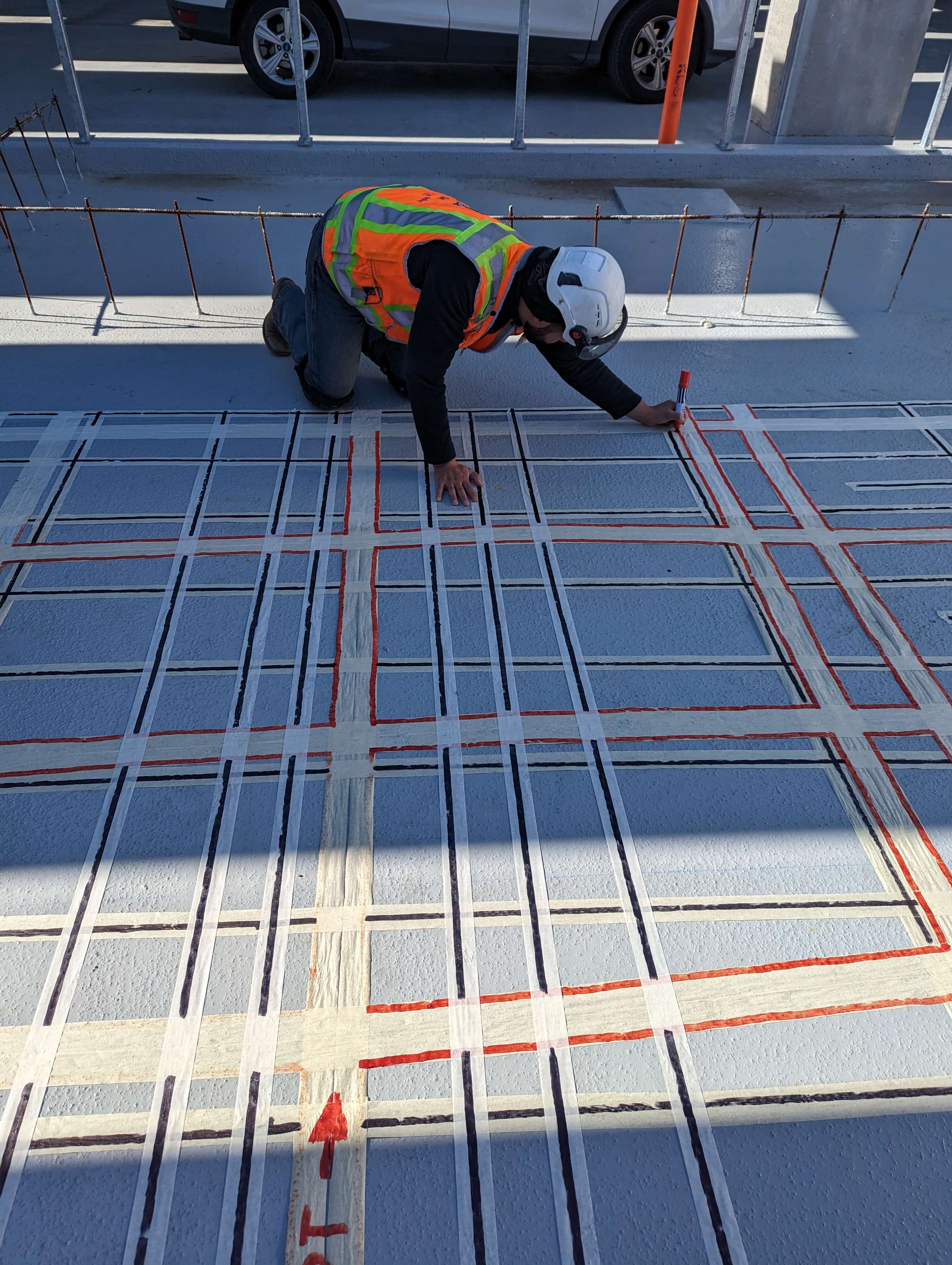Improve Construction Security with Professional Concrete Scanning
Improve Construction Security with Professional Concrete Scanning
Blog Article
Beyond the Surface Area: Leveraging Advanced Concrete Scanning Techniques for Unmatched Precision and Insight
In the world of building and infrastructure upkeep, the mission for accuracy and thoroughness is never-ending. Advanced concrete scanning methods have arised as crucial tools in this search, supplying a glance underneath the surface to unveil a globe of critical understandings. By taking advantage of advanced technologies, professionals can discover abnormalities, evaluate the problem of concrete structures, and make educated decisions that shape the training course of jobs. The effects of these methods expand far past mere surface-level evaluations, guaranteeing a depth of precision and understanding that is exceptional.
Importance of Advanced Concrete Scanning
The importance of using sophisticated concrete scanning strategies depends on the exceptional accuracy they use for detecting sub-surface anomalies and making sure architectural integrity. By employing advanced innovations such as ground-penetrating radar (GPR), electro-magnetic induction, and progressed finder imaging, construction specialists can dig under the surface of concrete structures with a level of accuracy that far surpasses typical inspection methods. Concrete Scanning. These techniques enable the recognition of surprise threats like rebar deterioration, gaps, avenues, or post-tension wires that could compromise the stability and safety of a structure in time
Additionally, progressed concrete scanning gives vital insights into the overall condition of a concrete element without the need for invasive steps, lessening the danger of causing damage during the evaluation procedure. The ability to determine the specific area and deepness of prospective problems permits targeted repair work and maintenance, ultimately lengthening the lifespan of the framework and maximizing its efficiency. Fundamentally, the significance of advanced concrete scanning can not be overemphasized in the world of building and infrastructure upkeep, where precision and reliability are paramount.
Kinds Of Cutting-Edge Technologies

Abnormalities and Problem Discovery

In addition to GPR, concrete scanning techniques like thermography and impact-echo screening are also effective in spotting anomalies and defects. By leveraging these sophisticated methods, experts can proactively address structural problems, guaranteeing the durability and safety and security of concrete frameworks.
Assessing Concrete Problem
Just how can designers properly review the condition of concrete frameworks to guarantee their long life and safety and security? Analyzing the concrete condition is a critical element of maintaining infrastructure integrity. Various advanced concrete scanning techniques are utilized for this function. Ground-penetrating radar (GPR) is typically used to analyze the internal structure of concrete, spotting gaps, cracks, and various other anomalies that might endanger its stamina. In addition, impact-echo testing can give insights right into the density and stability of concrete components. Ultrasonic pulse velocity screening is another useful method for examining concrete quality by determining the speed of acoustic waves through the product.
Integrating non-destructive testing methods with visual evaluations allows for a comprehensive assessment of concrete condition, allowing designers to recognize potential issues early on and implement timely upkeep or repair services. By leveraging these advanced techniques, designers can make certain the long-term sturdiness and safety of concrete frameworks.
Enhancing Decision-Making Procedures
In the realm of infrastructure management, maximizing decision-making procedures is vital for guaranteeing the reliable maintenance and durability of concrete frameworks. Improved decision-making processes in concrete management entail making use of innovative scanning strategies to collect comprehensive data on the check over here condition of structures. By leveraging technologies such as ground-penetrating radar and 3D imaging, stakeholders can make enlightened choices regarding substitute, reinforcement, or fixing techniques.
These progressed scanning techniques give vital insights into the internal make-up of concrete, determining possible issues such as spaces, splits, or corrosion that might not be visible on the surface area. This degree of comprehensive info enables proactive maintenance preparation, decreasing the risk of architectural failings and increasing the general life-span of concrete frameworks.
Furthermore, by incorporating electronic documentation and evaluation devices right into the decision-making process, stakeholders can track the advancement of concrete conditions in time, allowing anticipating upkeep strategies and enhancing resource appropriation. Inevitably, the combination of innovative concrete scanning strategies boosts decision-making processes by offering unrivaled accuracy, insight, and efficiency in framework monitoring.
Verdict
In verdict, progressed concrete scanning strategies offer unequaled precision and insight in discovering go abnormalities, issues, and analyzing the condition of concrete structures. By leveraging innovative innovations, decision-making procedures can be enhanced, bring about more enlightened and effective options for maintaining and repairing concrete infrastructure. These strategies play a vital role in making certain the safety and security and longevity of concrete frameworks, making them a crucial tool in the area of construction and engineering.
Additionally, progressed concrete scanning provides indispensable understandings into the general problem of a concrete component without the need for invasive steps, reducing the threat of triggering damage throughout the analysis process - Concrete Scanning. An additional cutting-edge innovation is 3D X-ray scanning, which supplies comprehensive photos of the interior structure of concrete, using important information without the requirement for harmful testing. Furthermore, Concrete Cover Meters are made use of to measure the density of concrete cover over support bars properly. Improved decision-making processes in concrete management include making use of innovative scanning methods to collect in-depth data on the problem of structures.In conclusion, progressed concrete scanning methods use unparalleled accuracy and insight in identifying anomalies, problems, and analyzing the condition of concrete frameworks
Report this page